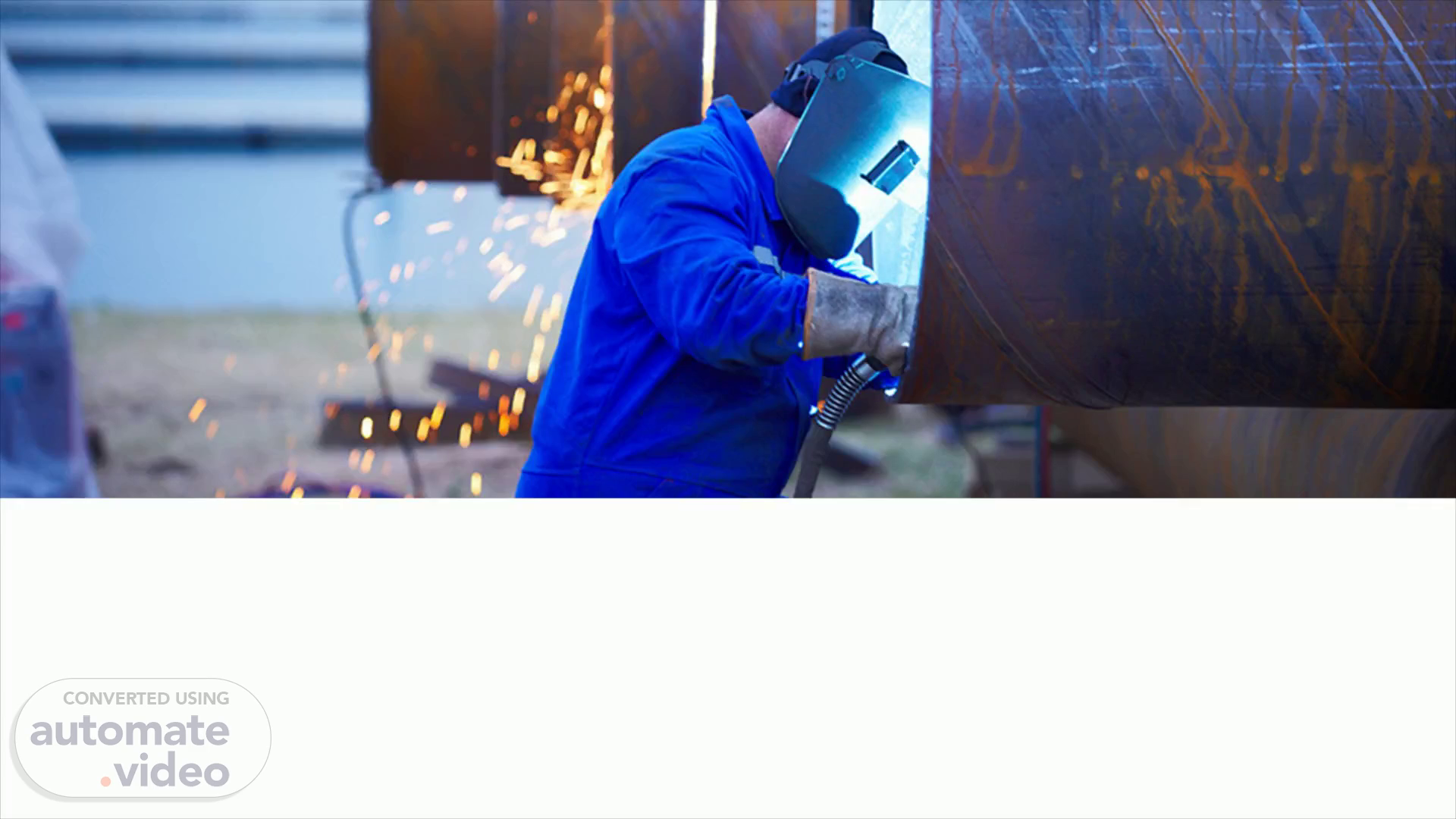
Safety Training Module 2: Personal Safety Unit 2.3: Confined Space
Scene 1 (0s)
[Audio] Welcome to the Unit 2.3: Confined Space, of Module 2, Personal Safety. In this unit, you will learn about different examples of confined space, the dangers associated with working in confined space, safe system of working in confined space and gas detection and testing when working in confined space. Let us now look at the agenda of this unit. Click the Start button to proceed..
Scene 2 (29s)
[Audio] In this unit, we will cover the following: Introduction Definition Examples of Confined Space Suitable and Sufficient Risk Assessment Safe System of Work Permit to Work System Selection of appropriate PPEs Types of Gas Detection Equipment Gas Detection in Confined Space.
Scene 3 (1m 1s)
[Audio] Confined Spaces include chambers, tanks, vessels, furnaces, ducts, sewers, manholes, pits, flues, excavations, boilers, reactors, and ovens. Many fatal accidents have occurred where inadequate precautions were taken before and during work involving entry into confined spaces. The two main hazards are the potential presence of toxic or other dangerous substances and the absence of adequate oxygen..
Scene 4 (1m 36s)
[Audio] Let us look at some of the important definitions related to Confined Space and different examples of the same..
Scene 5 (1m 56s)
[Audio] In this section, we shall learn about Confined Space, definition and explanation of various important terms related to Confined Space, characteristic features and different examples of Confined Spaces. Let's get started..
Scene 6 (2m 14s)
[Audio] Let us begin with the explanation of a Confined Space. A space, which Is large enough and so configured that employees can enter and perform assigned work Has limited or restricted means for entry or exit (i.e., tanks, vessels, silos, pits, vaults, or hoppers) and therefore not designed for continuous human occupancy Contains or has potential to control the hazardous atmosphere Contains material that has the potential for engulfing an entrant.
Scene 7 (2m 51s)
[Audio] As per OSHA, "Safe atmosphere with respect to oxygen level in confined space is 19.5% (minimum) and 23.5% (maximum). Safe atmosphere with respect to methane gas concentration in confined space is either below 5% ( LEL), or above 15%( UEL). Safe atmosphere with respect to Toxic Gas in confined space is below permissible exposure limit (PEL) for each gas. Hydrogen Sulphide has a TLV of 10 PPM, PEL- C of 20 PPM and LEL of 4.0% while Carbon monoxide has a PEL of 50 PPM and an LEL of 12.5%..
Scene 8 (3m 37s)
[Audio] A person trained in emergency rescue procedures and assigned to remain on the outside of the confined space in constant communication with those working inside the confined space. The attendant shall be approved and assigned by the qualified entry supervisor..
Scene 9 (4m 8s)
[Audio] Combustible Dust: A dust capable of undergoing combustion or burning when subjected to a source of ignition. Engulfment: A gas, liquid, or a "flowable solid" like sand or grain that can surround and bury, smother, strangle, or crush a person, e.g., trenches deeper than 4 feet - engulfment hazard: cave-in. Hot Work: Any work involving burning, welding, riveting, or similar high temperature producing operations and work that produces a source of ignition, such as drilling, abrasive blasting, and space heating/ drying. Immediately Dangerous to Life and Health ( IDLH): Atmosphere containing sufficient concentrations of airborne materials to cause irreversible health effects upon exposures without respiratory protective equipment..
Scene 10 (5m 15s)
[Audio] Inerting : Displacement of the atmosphere in a confined space by a non-reactive gas (such as nitrogen) to such an extent that the resulting atmosphere is noncombustible. Isolation: A process whereby the confined space is removed from service and completely protected against the inadvertent release of material by means of blanking of supply lines, misaligning sections of all lines and pipes, a double block and bleed system, electrical lockout of all sources of power, and blocking or disconnecting all mechanical linkages..
Scene 11 (5m 49s)
Personal Safety. Confined Space. Notes to GD/Programmer: Images/Video Link: https://expeltec.files.wordpress.com/2020/06/flammable-limits.png Source File http://cdn.shopify.com/s/files/1/1456/4892/products/DAC-18_Danger_Oxygen_Enriched_Atmosphere_May_Be_Present_grande.png?v=1497891418.
Scene 12 (6m 25s)
Minimum concentration of a combustible gas, vapour or dust in air, which will ignite in presence of an ignition source..
Scene 13 (6m 45s)
[Audio] Permissible Exposure Limit ( PEL): The maximum 8-hour time-weighted average ( TWA) concentration of an airborne contaminant to which an employee may be exposed Purging: The method(s) by which gases, vapors, or other airborne impurities are displaced from a confined space. The method usually involves injecting fresh air into the confined space using a compressor or blower, forcing contaminated air out. Qualified Entry Supervisor: Capable of anticipating, recognizing, evaluating, and controlling employee exposures to hazardous substances or circumstances in a confined space. Respirator: A device designed to protect the wearer from inhalation of harmful atmospheres..